Robert Scholtz was born on 1 January 1837, near the center of Silesia, Wrocław (Hungarian: Boroszló, German: Breslau). He was made for an industrial career, accordingly he was an apprentice next to a room painter (the contemporary name of the decorative painter). After this, after his liberation, in the early 1850s, he went to Vienna, where he worked as an employee of room painters. During this period, he enriched his technical knowledge and developed his artistic skills by attending art school and drawing academy courses.
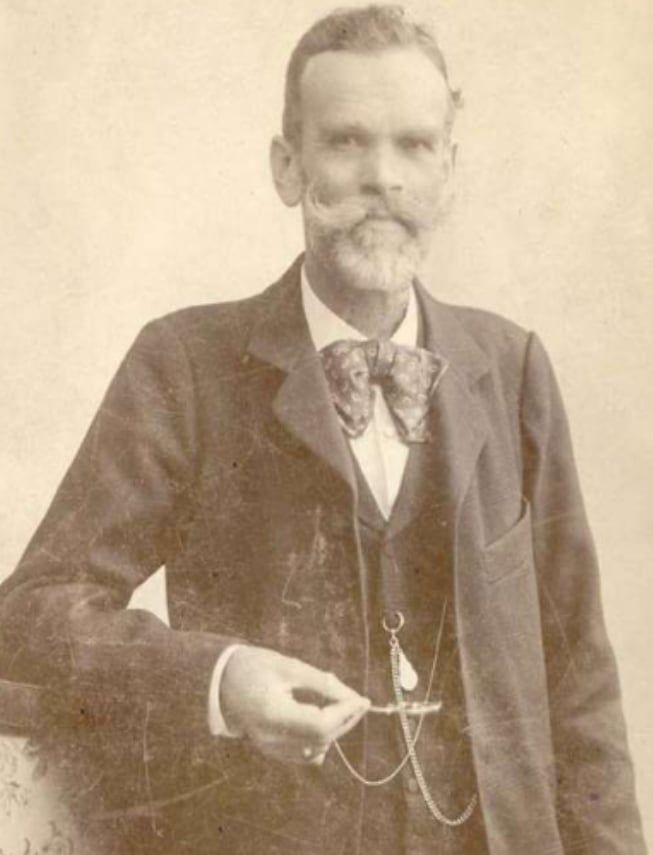
Portrait of Róbert Scholtz (Source: Zsuzsa Kapitány-Horváth: Az Országház díszítőfestészete. [The decorative painting of the Parliament] Budapest, Országgyűlés Hivatala, 2017)
Róbert Scholtz moved to Pest in 1857, where he also started a family. From this date, the domestic development of decorative painting can be traced. Although he initially received only small orders, his commissions soon began to increase thanks to his quality work. More and more room painters' assistants also came to Scholtz's workshop from Vienna and Northern Europe, many of whom later became his staff.
He received his most important assignments from the late 1860s. The facade sgraffiti of the Design School of Andrássy Avenue (now Hungarian University of Fine Arts), founded in 1871, which was the centre for fine arts higher education, are also the work of Scholtz. The decorative painting of the parish church in Bakáts Square, designed by Miklós Ybl and built between 1867 and 1879, was also made by Scholtz; unfortunately it was destroyed in World War II.
Róbert Scholtz's work also includes the decorative painting and gilding of the Opera House building, also designed by Ybl, which was completed in 1884. At that time he had a good working relationship with Károly Lotz, the famous fresco painter of the age. Lotz made the ceiling paintings for the Opera House, and Scholtz was responsible for the decorative elements of the wall surface.
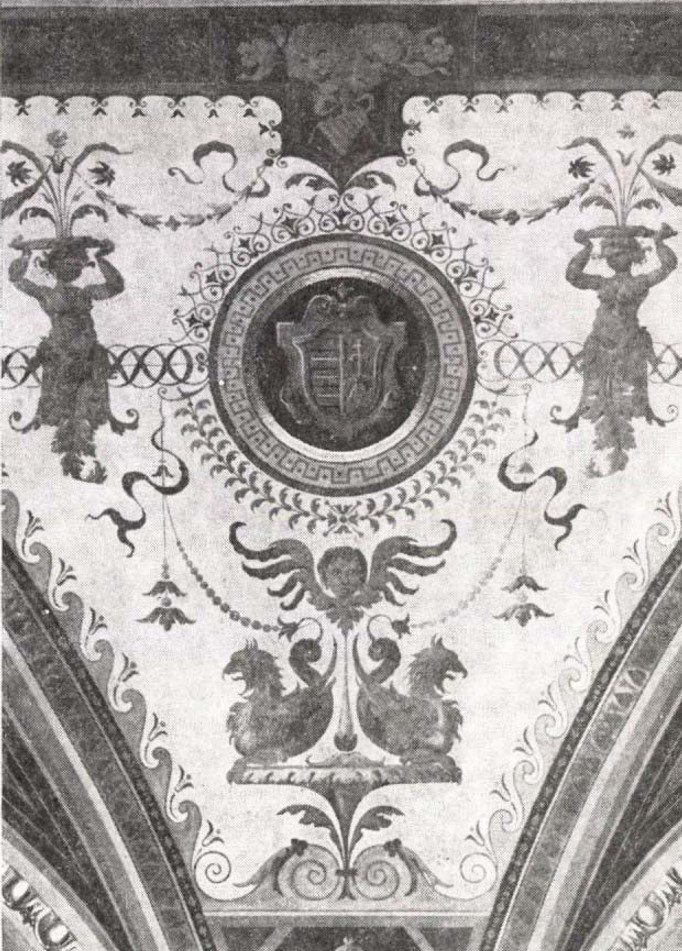
Part of the ornamentation of the Opera House (Source: Művészettörténeti Értesítő, 1986, No. 3-4)
Miklós Ybl also designed the building complex of the Neo-Renaissance Castle Garden Bazaar (1875-1883). In addition to the paintings of Mór Than, the ceilings of the booths and the pavilions are ornamented by decorations and sgraffiti by Róbert Scholtz: among the motifs we can see griffins, dragons, flowers and garlands of fruit.
 The sgraffiti of the booth pavilion of the Castle Garden Bazaar was also made by the Scholtz workshop (Source: Castle Garden Bazaar)
The sgraffiti of the booth pavilion of the Castle Garden Bazaar was also made by the Scholtz workshop (Source: Castle Garden Bazaar)
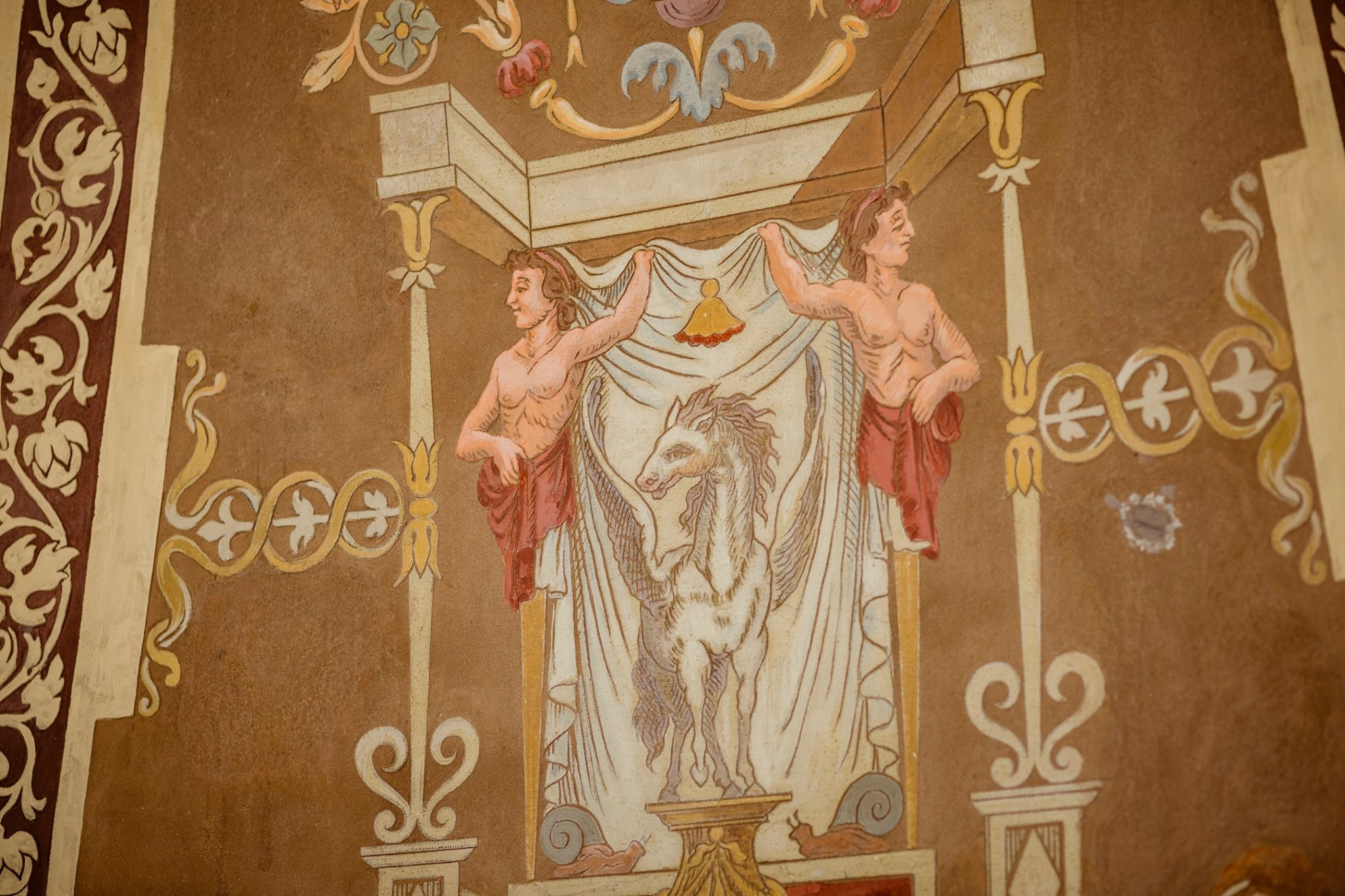
Part of an Sgraffito in the Castle Garden Bazaar (Source: Castle Garden Bazaar)
Scholtz's workshop was given the task of painting the royal reception building, the Royal Pavilion, which was erected at the National General Exhibition in 1885, as well as the decoration of the Justice Palace (Kúria), which was finished for the millenium year (1896). His other notable works include the ornamental decoration of several churches in the capital. The decorations of the Matthias Church rebuilt by Frigyes Schulek, the Church of St. Ladislaus in Kőbánya designed by Ödön Lechner and the decorations of the St. Stephen's Basilica handed over in 1906 are of decisive importance in his oeuvre.
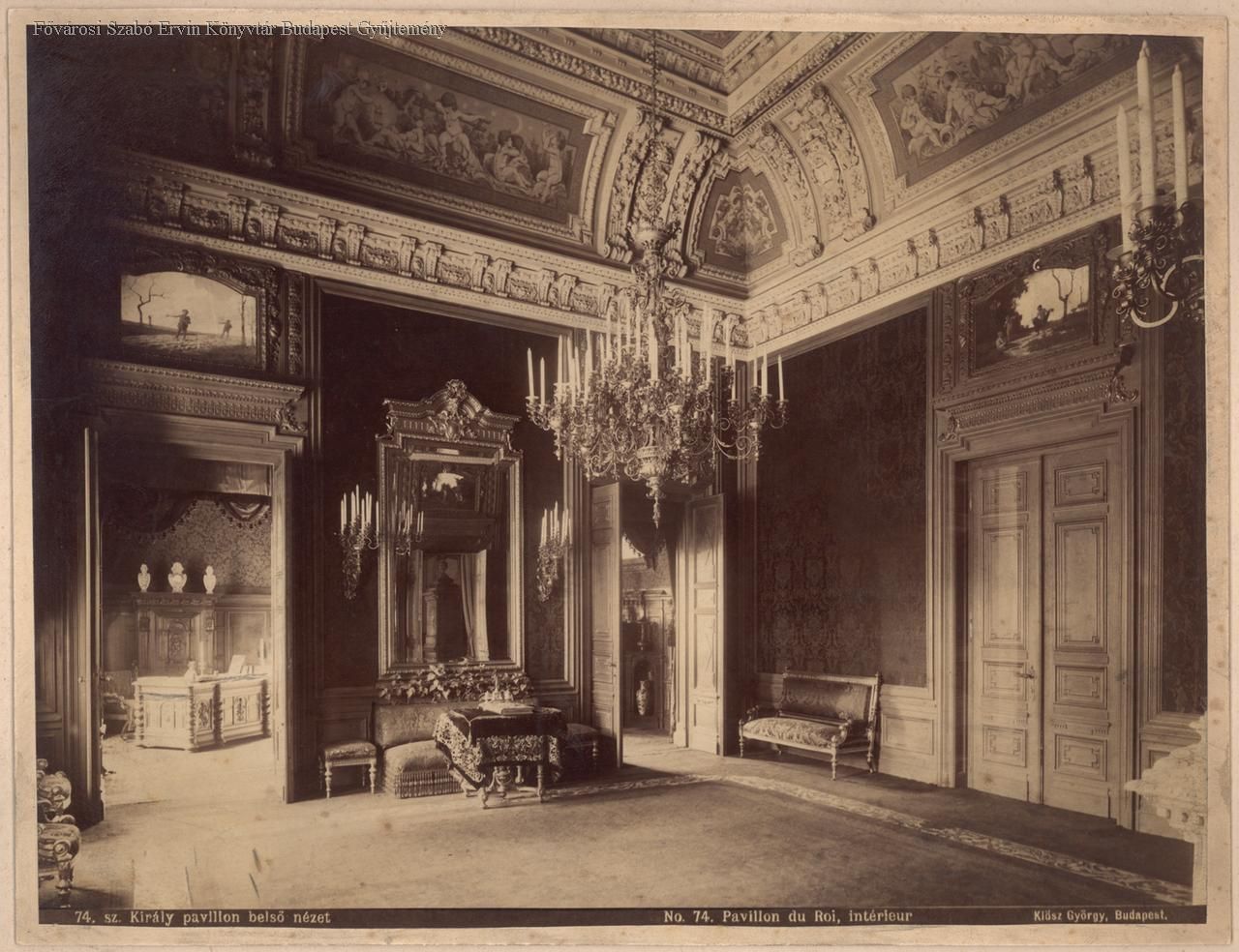
The decorations of the interiors of the Royal Pavilion prepared for the National General Exhibition were made by Scholtz (Source: FSZEK Budapest Collection)
After such assignments, it is not surprising that Alajos Hauszmann, who managed the reconstruction of the Buda Castle at the turn of the century, invited Róbert Scholtz - in addition to the most famous craftsmen of the time - to the works of the representative St. Stephen's Hall, which was being built at that time. Here he was tasked with gilding furniture and various ornaments. The ceremonial hall, which was destroyed in 1945, will be reborn this year; from 20 August, everyone can also view Scholtz’s reconstructed works.
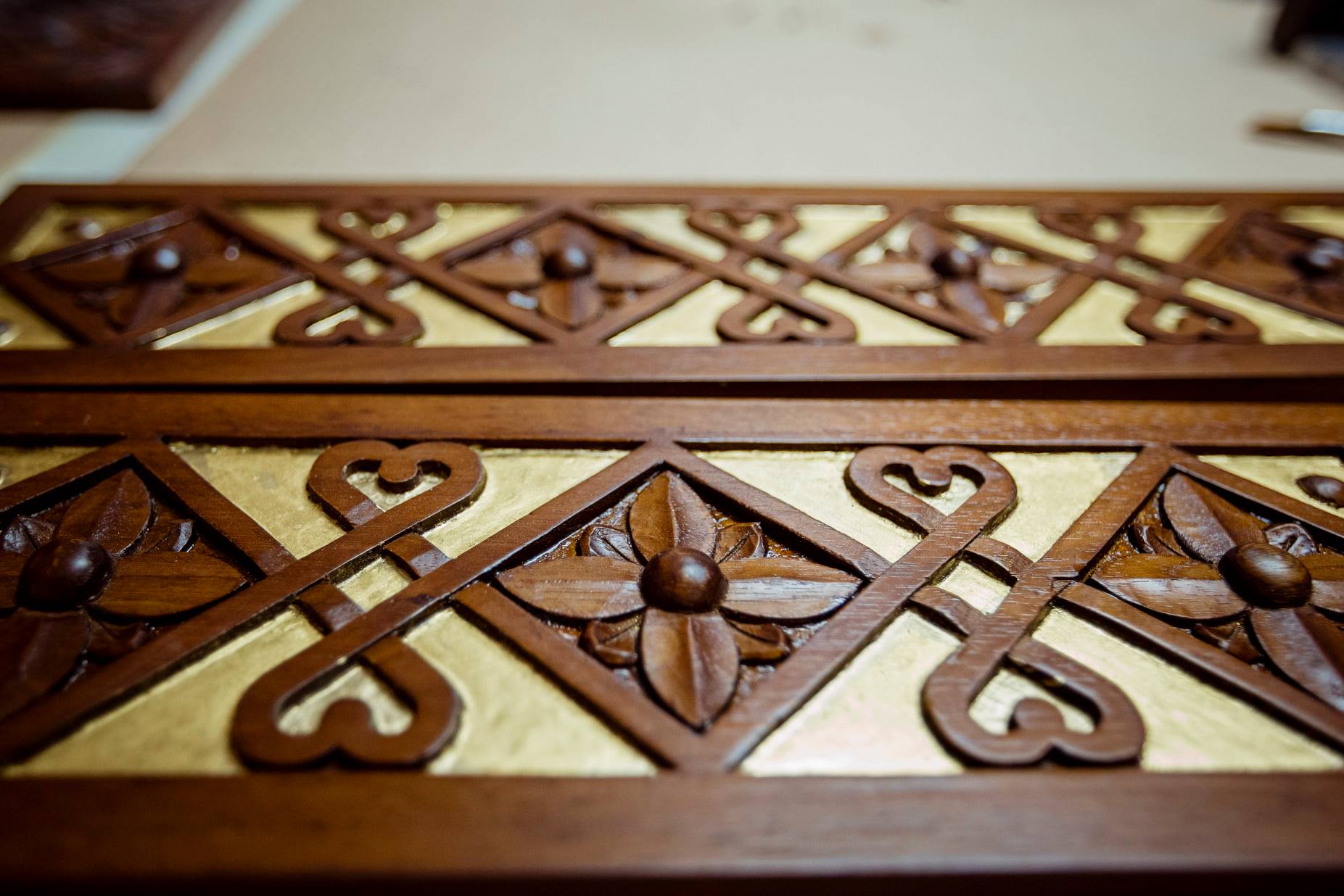
The gilding works of the St. Stephen's Hall can also be seen reconstructed from August (Source: National Hauszmann Program)
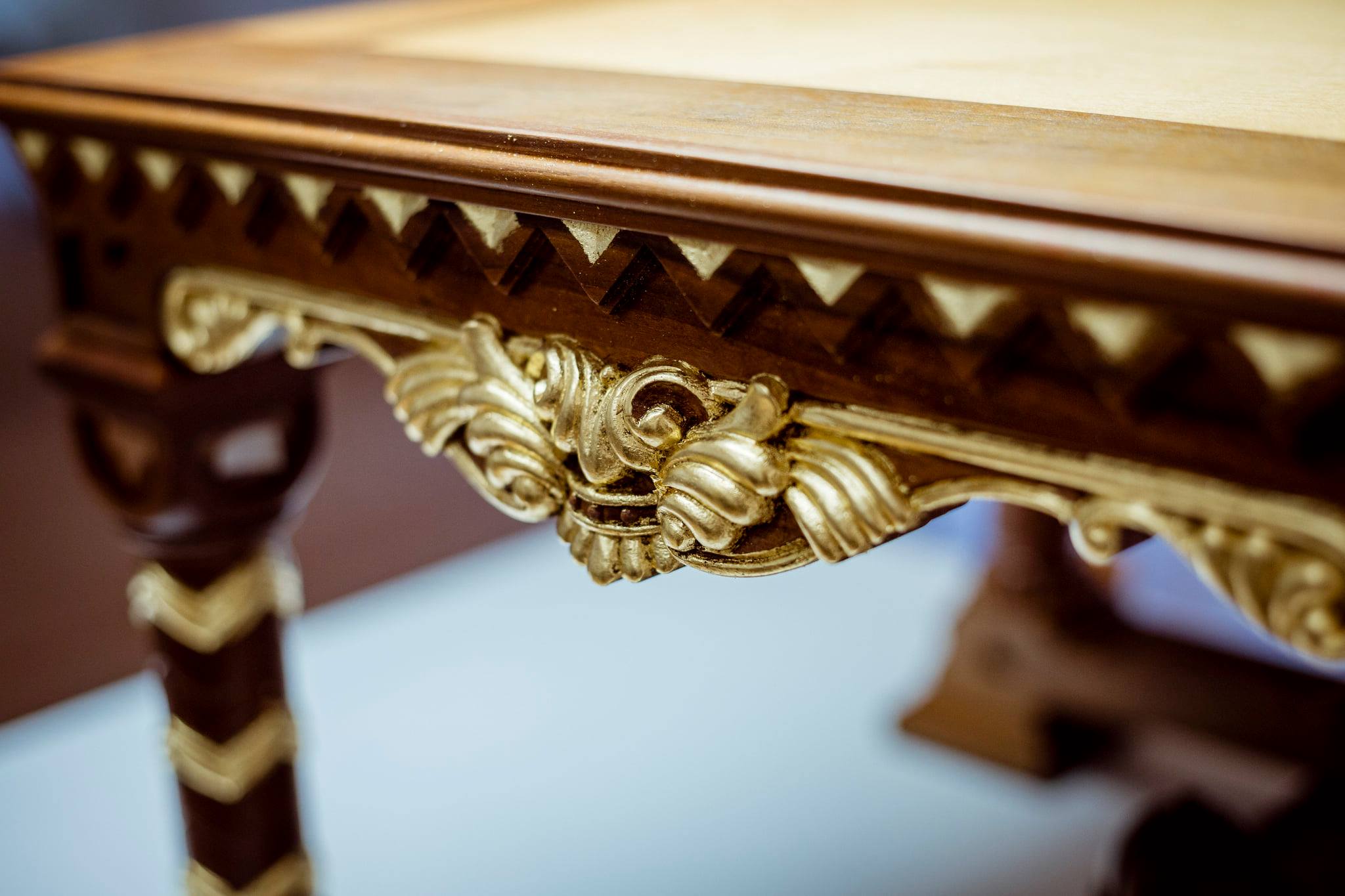 Gilded furniture in the reborn St. Stephen's Hall (Source: National Hauszmann Program)
Gilded furniture in the reborn St. Stephen's Hall (Source: National Hauszmann Program)
At the turn of the century, the very renowned and acclaimed artist was awarded commission that were suitable for the best of decorative painting: the best example of this was the decorative works of the Parliament, for which Imre Steindl asked Róbert Scholtz. The artist and his team of nearly a hundred people began the huge work in 1895, which was completed in 1904. In addition to Scholtz, Károly Miksa Reissman, who previously painted the Museum of Applied Arts, is also worth mentioning as one of the leaders of the work.
The finished ornaments of the Scholtz workshop can be found in almost the entire area of the Parliament: in the dome hall, in the chamber of the house of representatives, in the corridors and in different parts of the staircase.
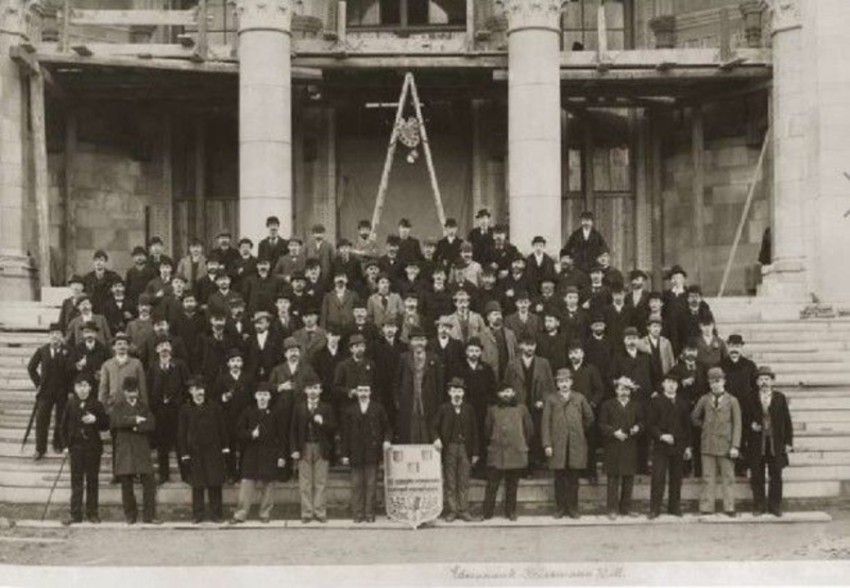
Group photo of the Scholtz workshop by György Klösz; behind the first line you can see Róbert Scholtz in the middle (Source: Zsuzsa Kapitány-Horváth: Az Országház díszítőfestészete. [The decorative painting of the Parliament] Budapest, Országgyűlés Hivatala, 2017)
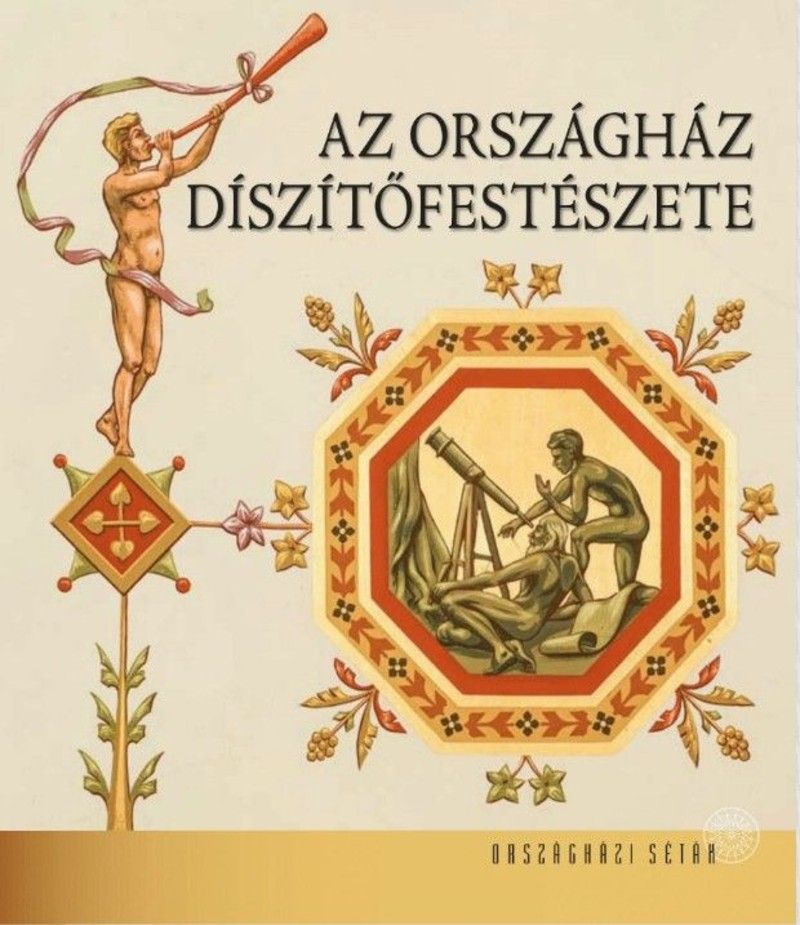
Part of the decoration of the Parliament (Source: Zsuzsa Kapitány-Horváth: The decorative painting of the Parliament. Budapest, Országgyűlés Hivatala, 2017)
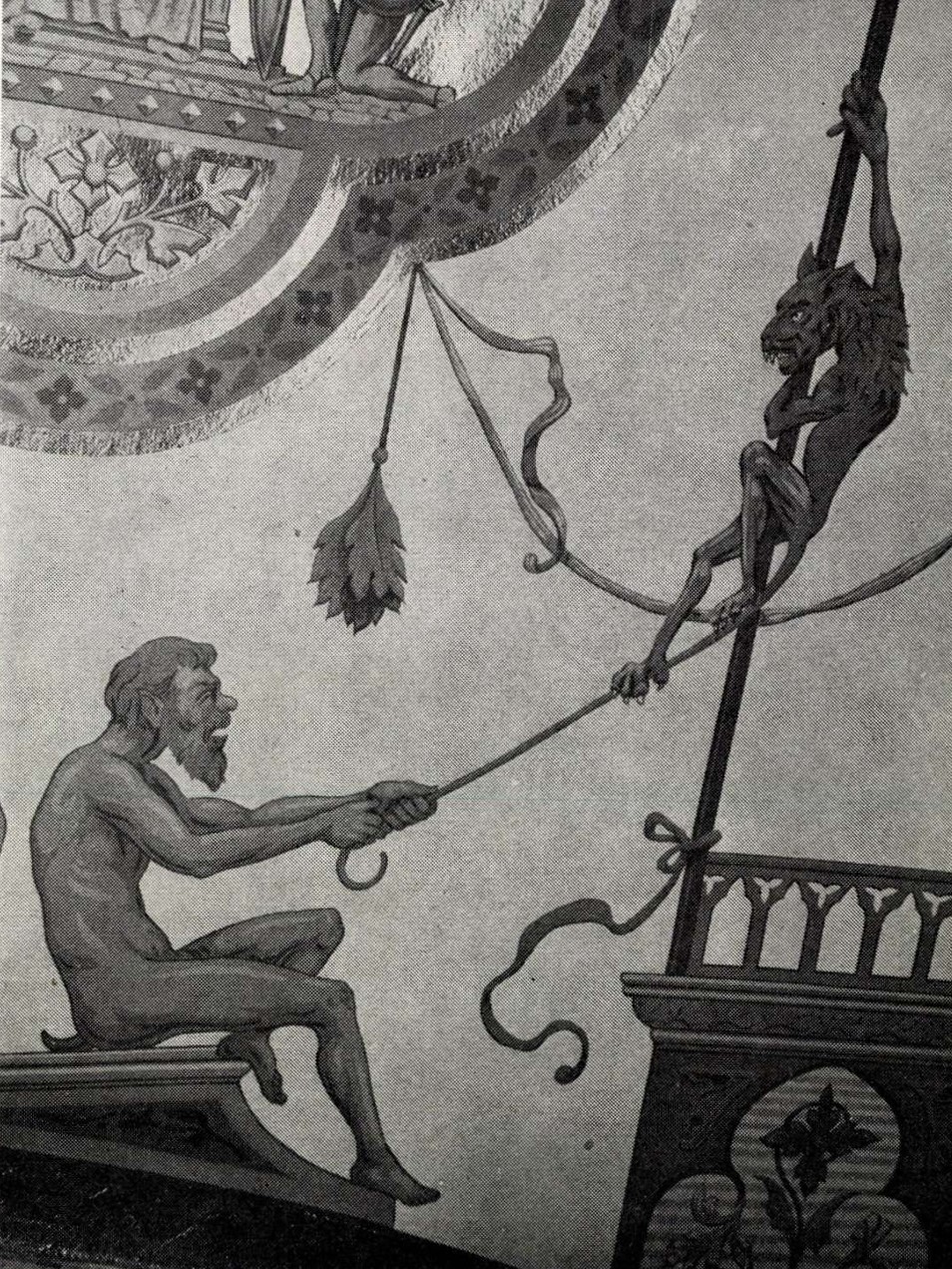
Decoration of the Grand Starway in the Parliament (Source: Magyar Építőipar, 1982, No. 11)
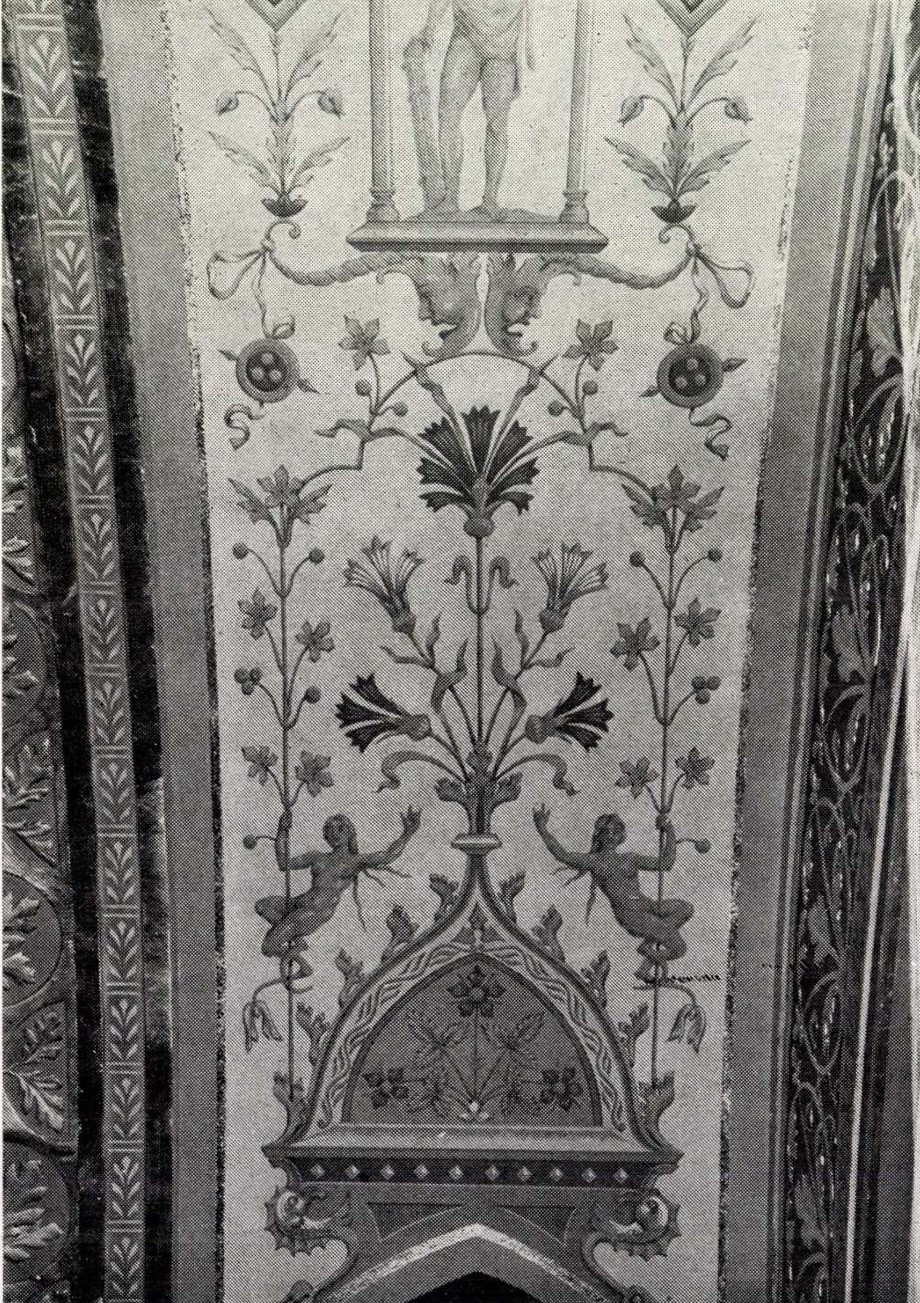
Rich, varied ornamentation characterizes the walls of the Parliament (Source: Magyar Építőipar, 1982, No. 11)
Scholtz's work was recognized in other ways than his prestigious assignments: in 1882 he was awarded the title of "imperial and royal room painter" and was elected chairman of the room painters' industrial association.
It is important to mention that Scholtz's headquarters in Pest was initially at 49 Baross Street (then called: Stáció Street) in Józsefváros, but in 1893 he bought the building at 34 Baross Street across the street, where he moved in 1894. The Neo-Renaissance style house designed by Gyula Kauser served as the artist's apartment and was also the center of his workshop.
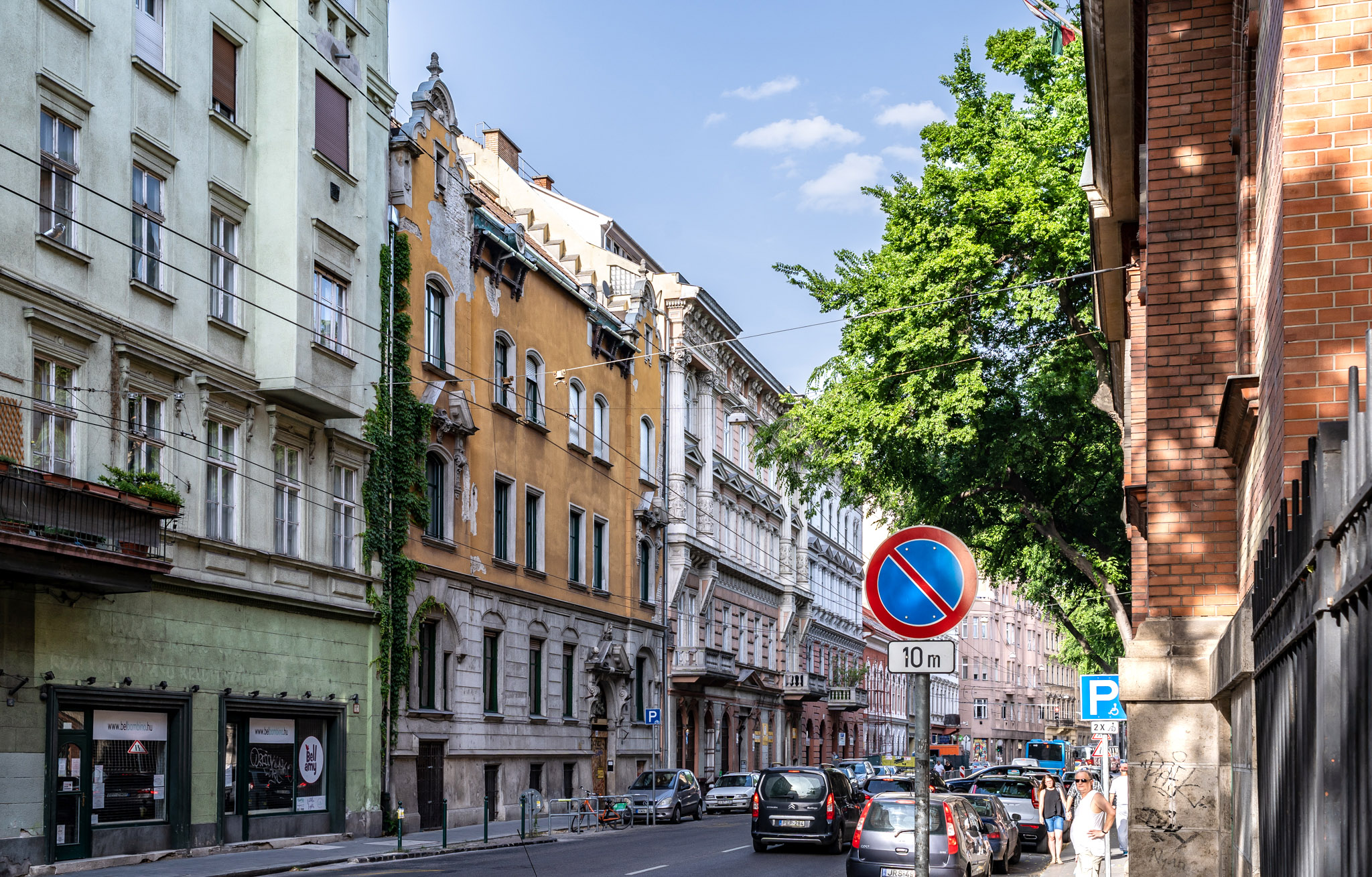
At 34 Baross Street in Józsefváros, you will find the house with the now worn facade, which was the former apartment and workshop of Róbert Scholtz (Photo: Balázs Both / pestbuda.hu)
Unfortunately, today the original splendor of the building has deteriorated considerably: in 1956, Soviet soldiers shattered the gable, later plastering the biblical-themed frescoes designed by Károly Lotz. The old splendor is now only reminiscent of the arched ceiling painting of the doorway, which was certainly made in the Scholtz workshop.
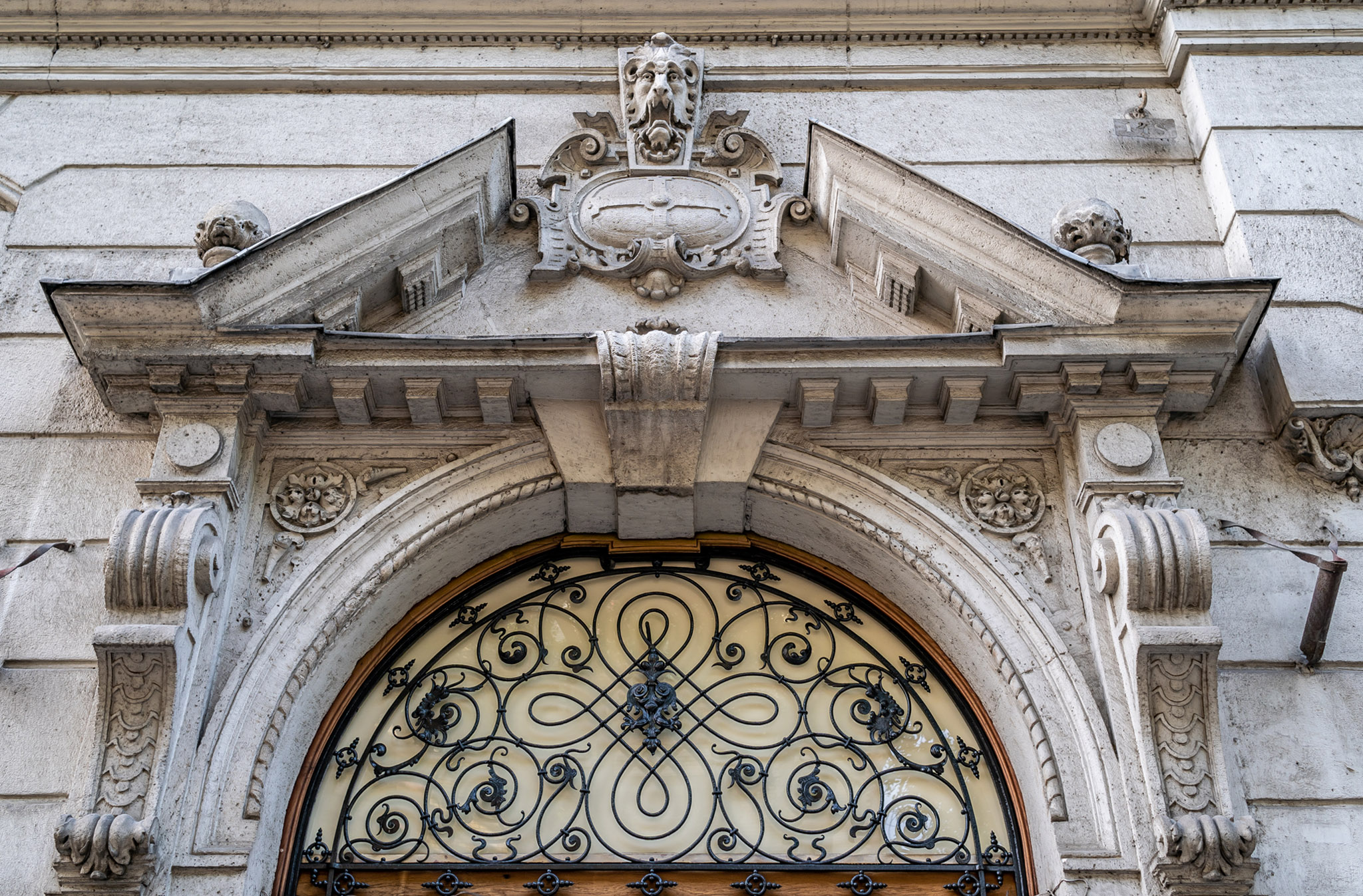 The facade decoration above the entrance of the house still evokes the old days (Photo: Balázs Both / pestbuda.hu)
The facade decoration above the entrance of the house still evokes the old days (Photo: Balázs Both / pestbuda.hu)
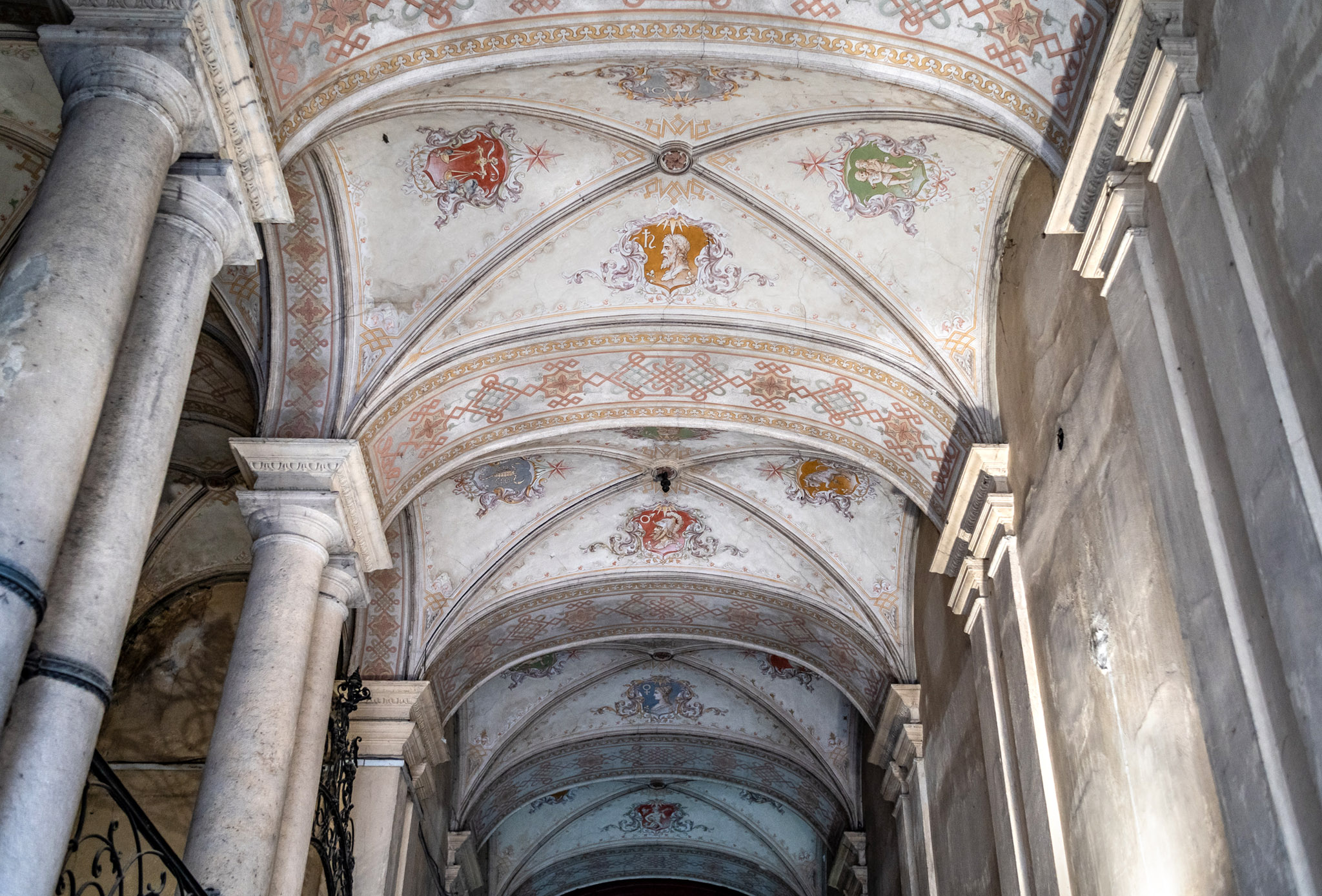 Ceiling painting of the arched doorway (Photo: Balázs Both / pestbuda.hu)
Ceiling painting of the arched doorway (Photo: Balázs Both / pestbuda.hu)
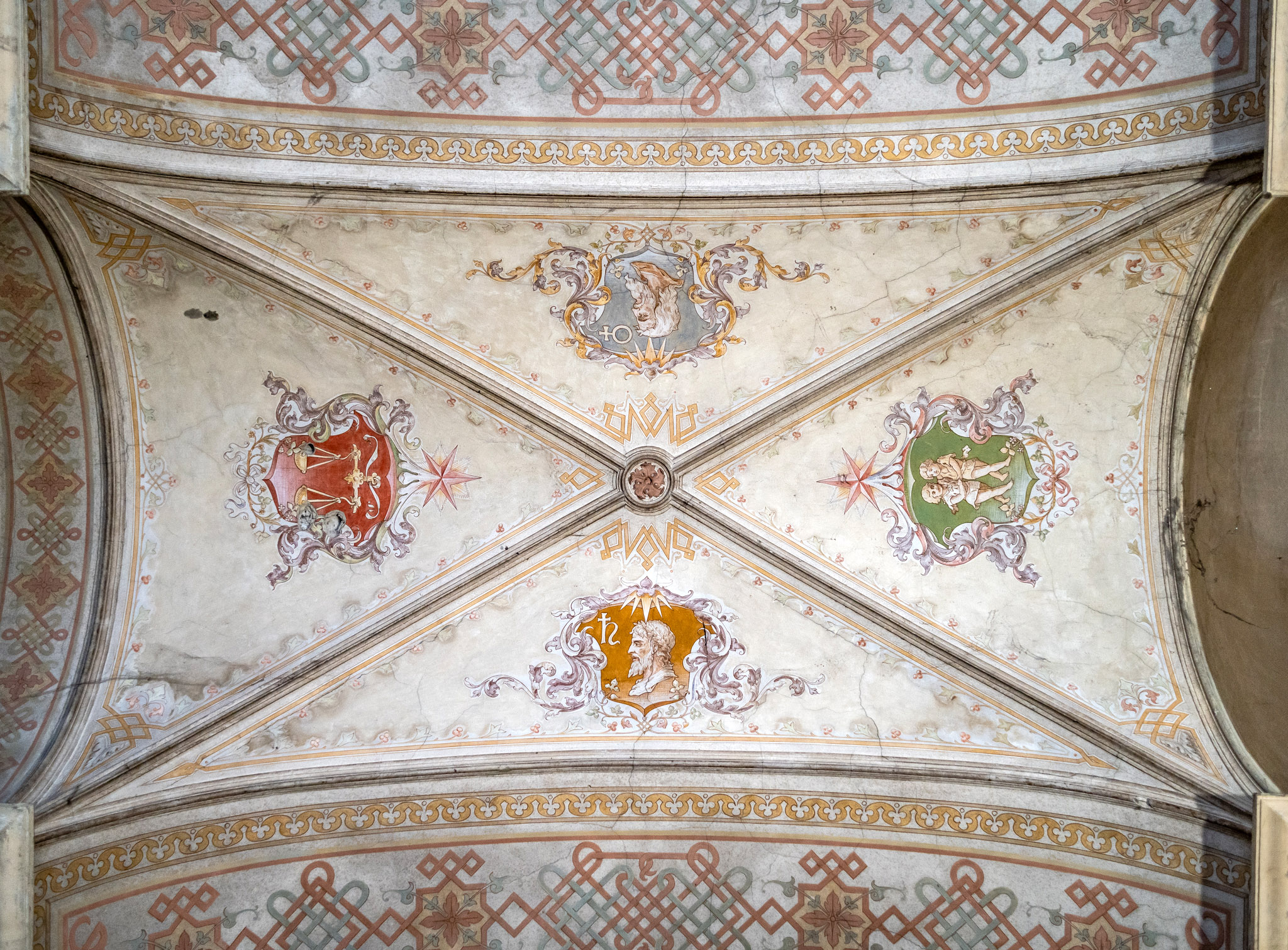
The style and construction of the ceiling frescoes also suggest that they were made in the Scholtz workshop (Photo: Balázs Both/ pestbuda.hu)
Robert Scholtz was also a renowned art collector of his time. A year before his death, in 1911, he auctioned off his collection in Stuttgart. The auction lots show that his collection consisted of more than a thousand works of art: in addition to famous paintings, graphics and engravings from the Netherlands, Italy and Spain, he also owned illustrated codices and ancient prints (Bonfini, Thuróczy, Schedel).
One of the greatest figures of Hungarian decorative painting, Róbert Scholtz, died on 22 November 1912. Because of his rich oeuvre, he deserves to be remembered through his works; he should come to our mind when we admire the beauty of St. Stephen's Hall.
Cover photo: Ceiling frescoes made in the Scholtz workshop in the Castle Garden Bazaar (Photo: Castle Garden Bazaar)

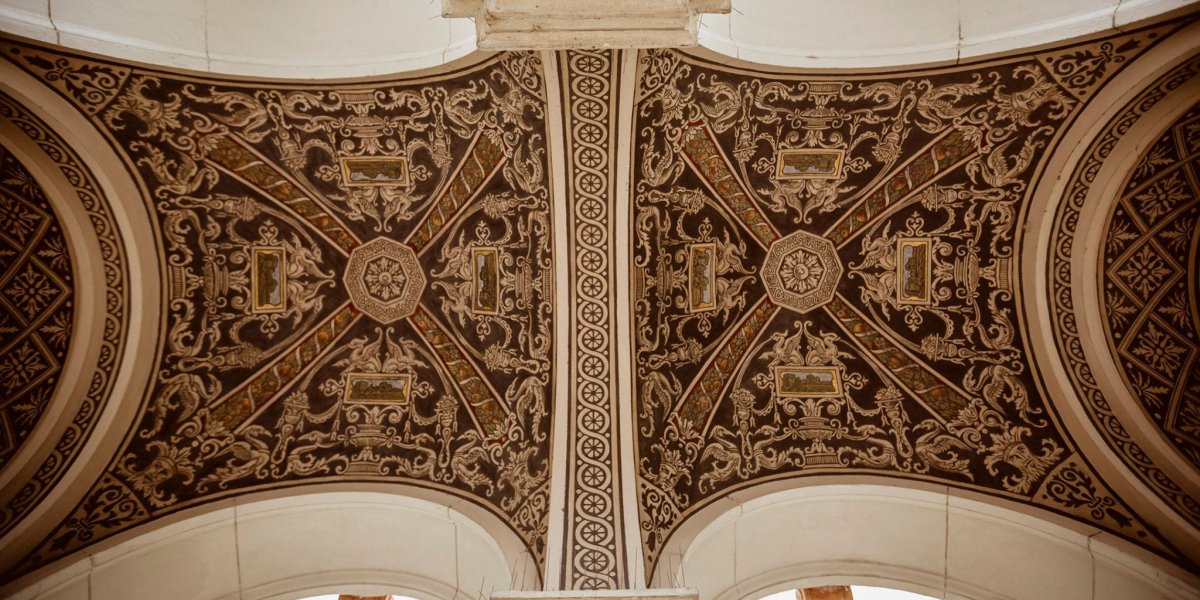



































Hozzászólások
Log in or register to comment!
Login Registration